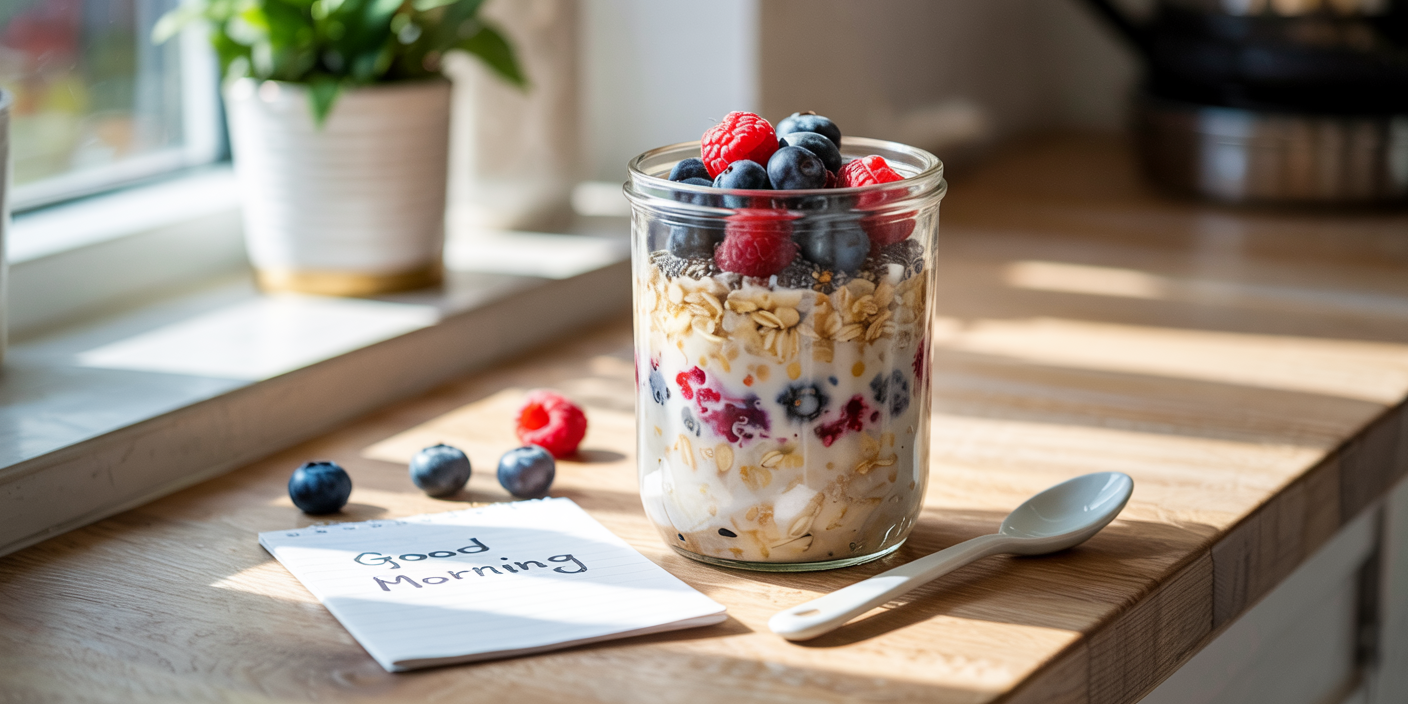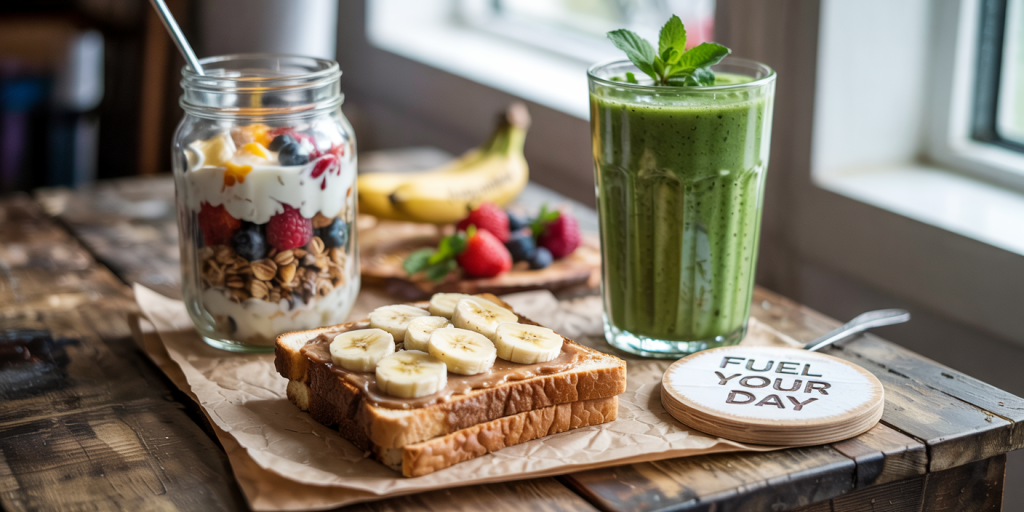Lunch is an essential meal, providing the necessary energy to sustain productivity and maintain focus throughout the day. Among various lunch options, sandwiches stand out as a versatile, quick, and satisfying choice that can be customized to fit different tastes and dietary requirements. Modern lifestyles demand meals that are not only convenient but also nutritious and appealing. This article explores some of the best sandwich ideas for lunch, emphasizing variety, nutrition, and ease of preparation. Whether you’re packing lunch for work, school, or a quick meal at home, these ideas will ensure you never get bored with your midday meal.
The Versatility of Sandwiches for Lunch
Sandwiches are among the most popular lunch foods globally, largely due to their versatility and convenience. The combination of bread, fillings, and condiments offers endless possibilities, catering to meat lovers, vegetarians, and even vegans. According to a 2022 survey by the National Restaurant Association, sandwiches constitute over 20% of all lunch orders in the United States, highlighting their prevalence and appeal.
One of the greatest strengths of sandwiches is their adaptability. The choice of bread alone—from whole-grain and ciabatta to gluten-free and wraps—can significantly alter the nutritional profile and flavor experience. Additionally, the fillings can range from cold cuts and cheeses to fresh vegetables and plant-based proteins, providing a balance of macronutrients essential for a healthy lunch.

Classic Sandwiches with a Modern Twist
Traditional sandwich recipes remain favorites across generations, but modern culinary creativity has elevated these classics either by introducing new ingredients or combining flavors from different cultures.
Turkey and Avocado Club Sandwich
The Turkey and Avocado Club is a modern take on the traditional club sandwich. Instead of the usual mayonnaise and bacon, this version incorporates ripe avocado as a creamy, heart-healthy alternative. Avocados are rich in monounsaturated fats, which promote cardiovascular health, while turkey provides lean protein.
Practical examples include using multigrain bread toasted lightly to maintain crunch without dryness. Adding fresh tomato slices and leafy greens enhances both texture and nutritional value. This sandwich is especially suitable for office workers who require a low-fat, high-protein meal to sustain energy through afternoon meetings.
Caprese Sandwich with Pesto
Inspired by the famous Italian Caprese salad, this sandwich features fresh mozzarella, ripe tomatoes, and basil leaves drizzled with pesto sauce. It combines simplicity with bold flavors, making it a refreshing lunch choice. Using ciabatta or focaccia as the bread base adds an authentic touch while offering a chewy texture complementary to the softness of the cheese.
Studies show that incorporating low-calorie fresh vegetables, like tomatoes and basil, contributes to increased dietary fiber and antioxidants, which are essential for overall health [Journal of Nutrition, 2023]. This sandwich is excellent for vegetarians looking for a nutrient-dense, quick meal.
Protein-Packed Sandwich Ideas for Active Lifestyles
For those with active or demanding lifestyles, sandwiches rich in protein provide the necessary fuel to repair muscles and maintain energy levels. Incorporating lean meats, legumes, or plant-based protein sources in sandwiches can meet these nutritional needs effectively.
Grilled Chicken and Hummus Wrap
Grilled chicken serves as a lean protein source, while hummus adds a creamy texture along with plant-based protein and healthy fats from chickpeas and olive oil. Wrapping the ingredients in a whole wheat tortilla provides fiber and complex carbohydrates essential for sustained energy release.
In practical terms, a grilled chicken and hummus wrap can be prepped in advance and eaten cold or heated quickly, making it ideal for athletes or busy professionals. According to the American Dietetic Association, meals with balanced protein and carbohydrate content improve performance and recovery, making this sandwich a smart choice [ADA, 2022].

Lentil and Veggie Pita Pocket
Lentils are a powerhouse of plant protein, and when combined with crunchy vegetables like cucumbers, bell peppers, and red onions, they create a filling and nutritious lunch option. Using whole wheat pita pockets enhances fiber intake and supports digestive health.
This sandwich is popular in Mediterranean diets, known for their heart-healthy benefits. A case study published in the New England Journal of Medicine linked Mediterranean dietary patterns to a 30% reduction in cardiovascular events, underpinning the healthfulness of such sandwich ideas [NEJM, 2019]. It’s particularly suitable for vegetarians or those reducing red meat consumption.
Sandwiches Tailored for Dietary Restrictions
With increasing awareness of food allergies, intolerances, and lifestyle choices, there is a growing demand for sandwich options that cater to specific dietary needs without compromising taste or nutrition.
Gluten-Free Avocado and Egg Salad Sandwich
For individuals with gluten intolerance or celiac disease, replacing traditional wheat bread with gluten-free alternatives is essential. This sandwich combines mashed avocado, hard-boiled eggs, and a hint of Dijon mustard, providing a creamy, savory filling loaded with healthy fats and protein.
Certified gluten-free bread, often made from rice or almond flour, ensures safety without sacrificing texture. Real user feedback from forums like Gluten-Free Living indicates that this sandwich is both satisfying and easy to prepare, making it a staple for gluten-sensitive individuals.
Vegan Tofu Banh Mi
The Vietnamese Banh Mi sandwich traditionally includes various meats, but a vegan adaptation uses marinated and grilled tofu as the protein source. Alongside pickled carrots, daikon radish, cucumber slices, and fresh cilantro, this sandwich balances sweet, sour, and spicy flavors while remaining free of animal products.
Using a French baguette made from rice flour or gluten-free blends, this sandwich caters to vegan and gluten-free eaters simultaneously. The inclusion of fermented vegetables adds probiotics, supporting gut health, which is essential for an overall balanced diet [Frontiers in Microbiology, 2021].
Comparative Analysis of Popular Lunch Sandwiches
Selecting the best sandwich ultimately depends on individual preferences, nutritional goals, and lifestyle. The table below compares key factors such as calorie count, protein content, fiber, and preparation time for some popular lunch sandwiches discussed so far.
| Sandwich Type | Calories (kcal) | Protein (g) | Fiber (g) | Preparation Time (min) | Suitable for |
|---|---|---|---|---|---|
| Turkey & Avocado Club | 450 | 35 | 7 | 10 | Low-fat, high-protein |
| Caprese with Pesto | 390 | 18 | 5 | 8 | Vegetarian |
| Grilled Chicken & Hummus | 520 | 45 | 8 | 15 | Active lifestyles |
| Lentil & Veggie Pita | 400 | 22 | 9 | 12 | Plant-based |
| Gluten-Free Avocado & Egg | 380 | 20 | 6 | 10 | Gluten-free |
| Vegan Tofu Banh Mi | 430 | 26 | 7 | 15 | Vegan/gluten-free |
From the table, it is evident that grilled chicken and hummus wraps provide the highest protein content, making them ideal for those needing muscle recovery. Meanwhile, the lentil and veggie pita offers an excellent fiber boost, beneficial for digestive health.
Future Perspectives on Lunch Sandwiches
As food science and consumer preferences evolve, the future of lunch sandwiches is likely to be shaped by several trends—sustainability, health consciousness, and technological innovation.
Plant-based alternatives are expected to proliferate further, fueled by growing concerns about environmental impact and personal health. The global market for plant-based protein is anticipated to reach $27 billion by 2027, indicating increased availability and variety for sandwich fillings [Market Watch, 2023]. Additionally, advancements in food technology may allow for the development of breads with enhanced nutritional profiles, such as fortified fiber breads or low-glycemic index options designed to regulate blood sugar levels more effectively.
Moreover, personalized nutrition is becoming mainstream, with app-based meal planning and DNA tests enabling consumers to tailor their diets precisely. In this context, sandwich makers may incorporate customizable kits or subscription services delivering tailored ingredients. Real-world applications already exist from companies such as “Lunchbox” and “HelloFresh,” which provide ingredient-specific deliveries, empowering consumers to prepare meals aligned with their health goals and tastes.
The intersection of convenience and nutrition will continue to define lunch sandwich innovation, ensuring that delicious, healthful, and easily accessible options remain a staple for diverse populations worldwide.
—
This comprehensive overview of the best sandwich ideas for lunch highlights the endless possibilities that can accommodate preferences, nutritional needs, and lifestyles. Whether it’s a protein-packed wrap for a gym enthusiast, a gluten-free avocado egg salad for those with dietary restrictions, or a traditional Caprese with a modern touch, sandwiches remain an unbeatable combination of convenience and culinary delight.












